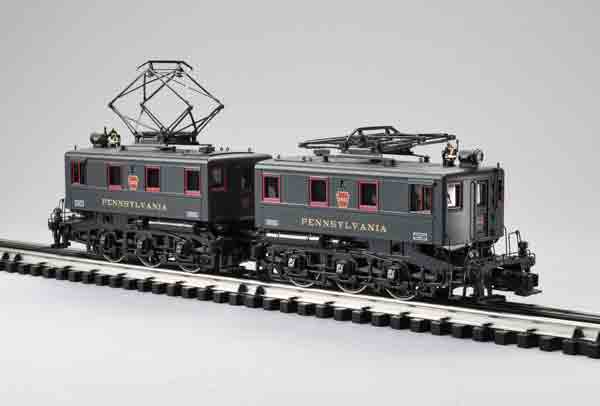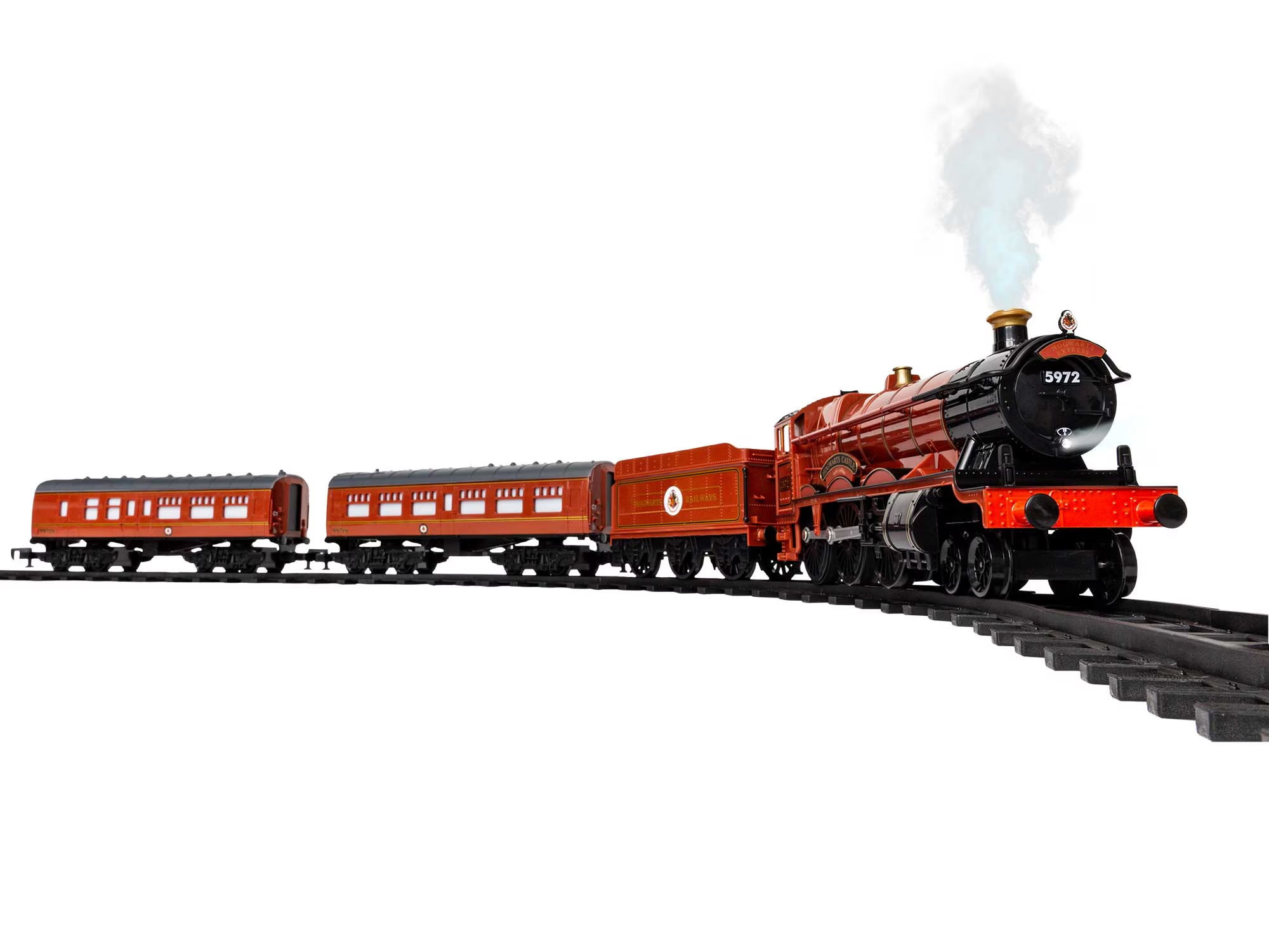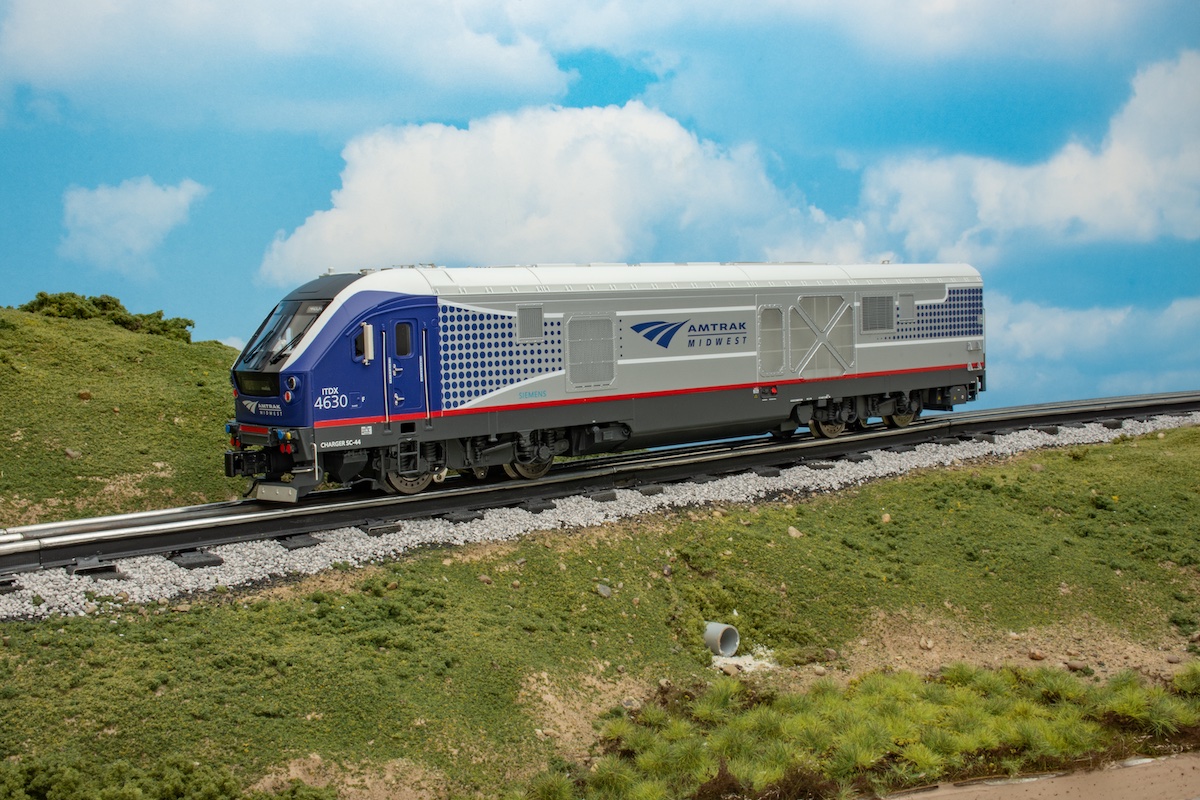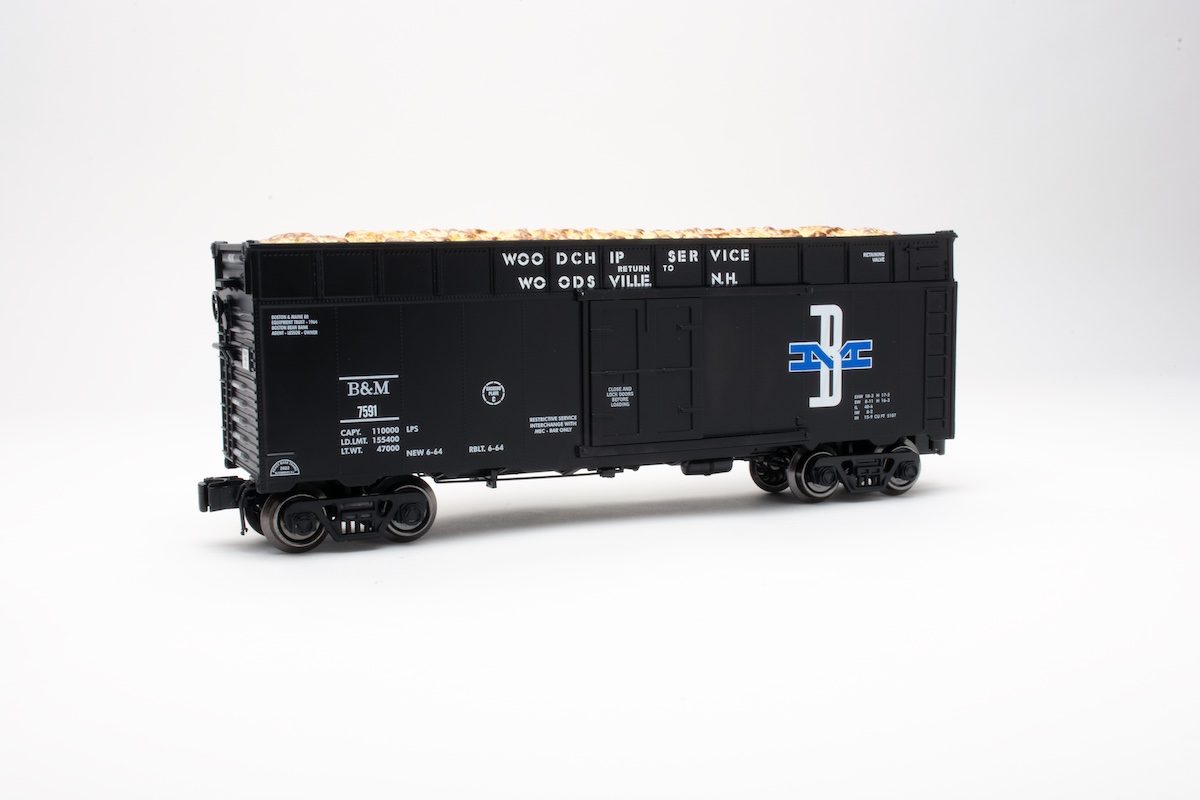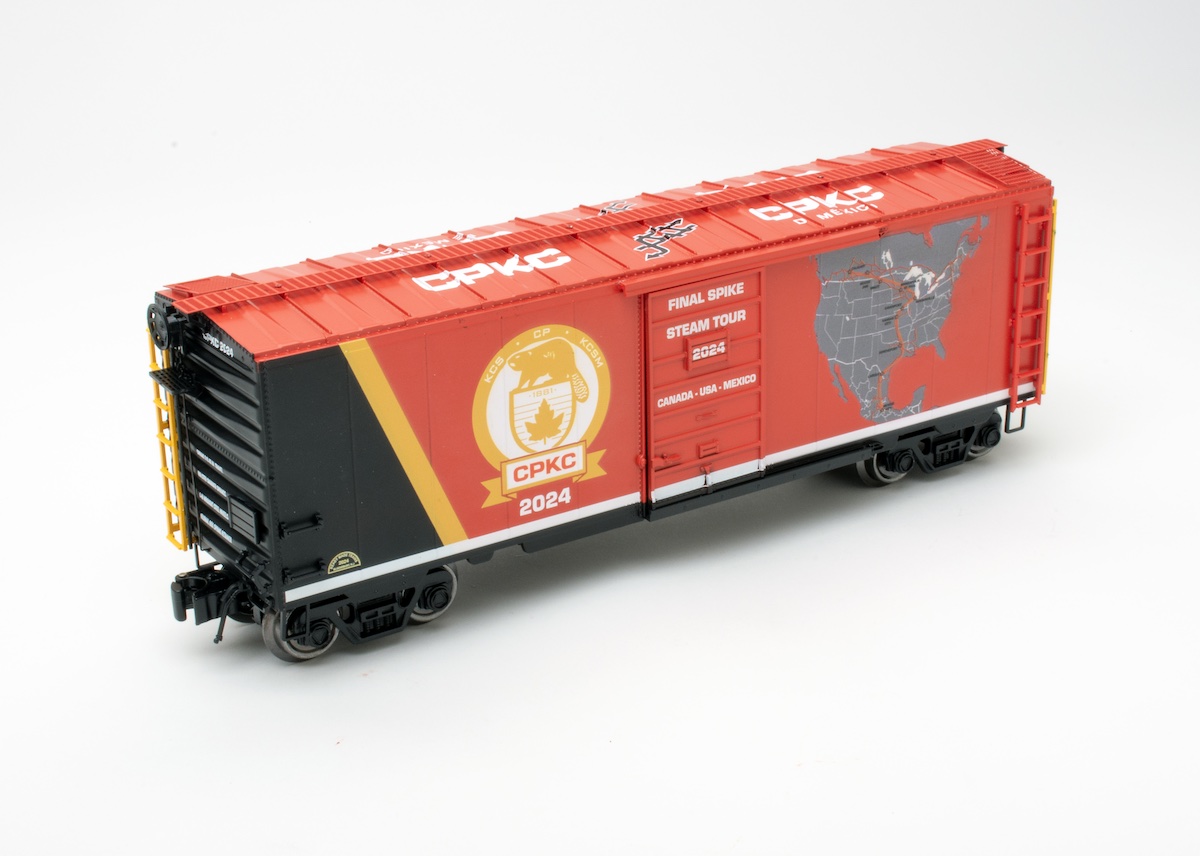Price: $749.95 (no. 20-5679-1) Min Curve: O-31 Cmd Low: 4.4 smph Cnv Low: 5.1 smph High: 57.2 smph Drawbar pull: 1 lb., 6 oz. Features: Die-cast metal construction, two can-style motors, coil couplers, ProtoSound 3.0 sound and command system Current production road names: Pennsylvania RR (two paint variations), Long Island RR
The railroad’s desire to have a small, effective electric switching locomotive for the wired districts resulted in the creation of the B-class of motors. These were short (three axles), single pantograph locomotives originally built as two units coupled for single operation. Their output was approximately 570 horsepower, so a combo generated 1,140 horsepower, which was respectable for 1921. The locomotives were later modified for independent operation.
One deiminutive B1 made it as far as the Penn Central years (the late 1960s) and today it resides at the Pennsylvania State Railroad Museum in Strasburg.
Opening the box
Before unwrapping this O gauge model, I suggest you banish the word “cute” from your mind. Clever. Unique. Squat. Mean. Industrial. All these apply. I never once muttered, “Awwww.” Instead, the MTH locomotive looks like a functional object designed during the Age of Steel by men who needed to move heavy objects around with minimal ornamentation and even less crew comfort.
The pilot looks like it could take some banging around. The brakeman’s steps have cast-in rivet heads in the steps and double rivets where the supports mate with the engine frame. The main bar of the pilot has little rounded spots that serve as pockets for poles for pushing rolling stock. There is an add-on uncoupler arm and slightly above that, a grab iron for brakeman safety.
Classification lights are located on the corners in conjunction with the handrails. There is no safety chain or pilot decks for the doorways between the cabs. I guess the crewmen were expected to make a leap of faith going between the two cabs!
There are handrails from the steps to the cab and on both sides of the cab door. Four cast-in steps are located to the right of the door, and there is an add-on rail to steady the topside worker.
The motorman’s end of the cab had a headlight with an illuminated number board above the door, and right behind this is a bell. There is hatch detailing, as well as lift rings strategically placed for removal of components by the O gauge maintenance crews.
With units this small, the cab tops are dominated by their pantographs. These are manual, not self-raising, and I’m certain the tight confines prohibited much additional hardware. Good old Mark One fingers are needed to raise or lower them.
At the bottom side of the locomotive, the trucks demand a closer look. It was pretty audacious to design a locomotive with three axles and no pilot wheels. I had a vision of this being something of a hot rod, and the beat of Commander Cody’s song “Hot Rod Lincoln” sprang into mind as the model whirled around our test track. I mean, three axles, what a concept.
The drive wheels are all spoked, just like those on a steam locomotive. The side frames have the usual detailing for the brake system, such as air tanks. There are also delicate wires that appear to be sand lines leading down to the fore and aft wheels.
Painting and decoration were excellent. The flat green paint was evenly applied, and we noted no overspray. The red of the window frames was immaculate. The gold lettering “Pennsylvania” was crisp, as were the keystones and the builder’s plates.
On the test track
Setting aside the fact that this model is a switcher, you know most operators are going to stick it on the point of a freight train or even a passenger set just for fun.
Motor operation was smooth except in the lowest speed ranges (say 5 scale mph or lower and going straight through switches).
I always comment about the lack of exciting sound effects when operating electric locomotives, and that is true with this model. While wheeling it around the test track there was a combination of rumble from the roadbed, the motor, and probably echoes from the die-cast shell and the wood benchwork that all combined to generate a bit of a whoosh that was as grand as anything I’ve heard from a train of Marx tinplate cars! This was a natural sound, not reproduced, and I liked it.
The sound system reproduced the hum of the electric motor as well as the various sound effects and background noises well.
I’m still amazed at the variety of electric locomotives American railroads have used (especially since railway electrification has been so limited in North America), particularly power operated by the Pennsy. The B1 class is great as a switcher or a vest pocket road engine if you wanted an electric on your layout but didn’t have room for a GG1. The B1 looks good and performs well, and not once was I tempted to say, “Isn’t it cute?”





